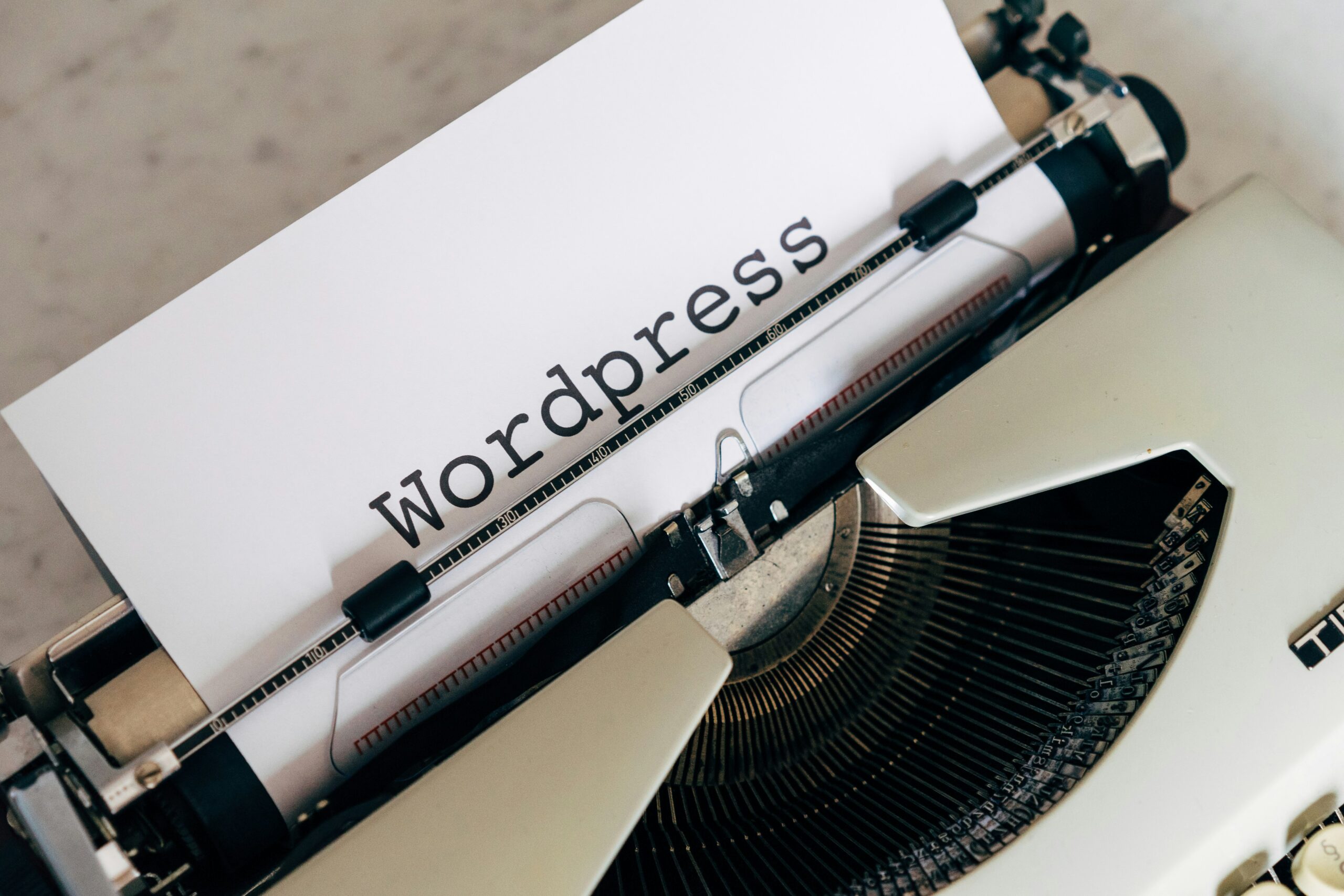It is estimated that the global thermal insulation market is worth 28 billion as of 2022 and is expected to touch USD 35.3 billion by 2027 with a CAGR (Compound annual growth rate) of 4.7%.
The thermal insulation market, in terms of materials, largely comprises glass wool, stone wool and plastic foam. It is expected that plastic foam will lead the market during the forecast period followed by roof insulation solutions. The surging usage in external wall insulation, external façade insulation, cavity wall insulation and sandwich panel attribute to the growth of plastic foam while the increasing activities in the construction sector such as residential buildings, commercial, industrial, healthcare, educational, and so on,attribute to the growth of global roof insulation market.
Since the residential construction and commercial & industrial construction sector saw a significant market fall in the year 2020, the demand for global glass wool insulation has declined. Striving to ease its position, it has made a momentous growth in 2021. It is reported that the global glass wool insulation market reached USD 4480.02 million in 2021.
The market size of stone wool insulation (also known as Rockwool) registered USD 1.4 billion as of 2020. A fibrous material made from molten rock offers numerous properties such as thermal insulation, fire resistance, acoustic applications, soundproofing, etc. widely used in industrial, construction sectors and transportation.

Insulation from Inflation based Recession
Kuwait headquartered Kimmco-Isover, a joint establishment between France based Saint-Gobain and Kuwait based Alghanim industries, one of the global leaders in mineral wool insulation has claimed an advantageous position in the insulation business after competing in the industry for more than 43 years. The insulation company’s services include HVAC insulation, Façade, Partition, OEM and other insulations and applications. While Kimmco-Isover leads the insulation market in the middle east, its vast portfolio ranges from CertainTeed in North America, Celotex in the United Kingdom, IZOCAM in turkey and KAIMANN in Germany.
The factory in Kuwait produces Glass Wool Insulation while the factory in Saudi Arabia produces Stone wool insulation. As the demand for eco-friendly and energy efficient building materials is snowballing in the construction sector, Kimmco-Isover has been developing and supplying that demand with its stone wool insulation products which ideally fits into the current requirement. Efficient, sustainable and fire resistant are some of the features Kimmco’s stone wool insulation products possess. Reaching up to the consumer’s demand, it comes in a variety of shapes such as slab, wired mat, roll, pipe section and loose wool, produced for commercial buildings, industrial estates and residential buildings.
Specializing in acoustic insulation and thermal insulation, Kimmco-Isover also improves indoor air quality and offers a wide range of features including fire protection and moisture control. All its glass insulation products are made out of recycled glass constituting 86% of it and only a minimal amount of waste is produced. Its insulations solutions include thermal, fire, corrosion and sound resistance used in an array of industrial applications in oil & gas, power generation and process industry. Furthermore, the company offers Cryogenic tanks to operate pipelines, boilers that withstand high temperatures and other unique types of equipment as per the demand of the project. Cryolene is another one of its revolutionary products. It has undertaken the project for SeaWorld Abu Dhabi, one of the first research centres committed to marine life in the United Arab Emirates.

In appreciation of its innovation excellence, Kimmco-Isover has been awarded ‘Insulation Technical Innovation of the Year 2022’ by International Business Magazine
The global glass wool insulation industry is expected to touch a striking 5217.18 million by 2028, a CAGR increase of 2.2% from USD 4480.02 million in 2021. The recovery in the construction sector of residential and non-residential buildings attribute to this growth. In addition to that, the demand for enhanced heating and cooling has been constantly rising due to the increasing requirement for better comfort levels in the building with the use of efficient and effective systems.
By the year 2030, the stone wool market is expected to reach USD 2.2 billion, a rise in a CAGR (Compound annual growth rate) of 4.7% projected in the period of 2021 to 2030. The rapid growth in the construction sector is the key driver in propelling growth.
Blog By Harish Rajulu











